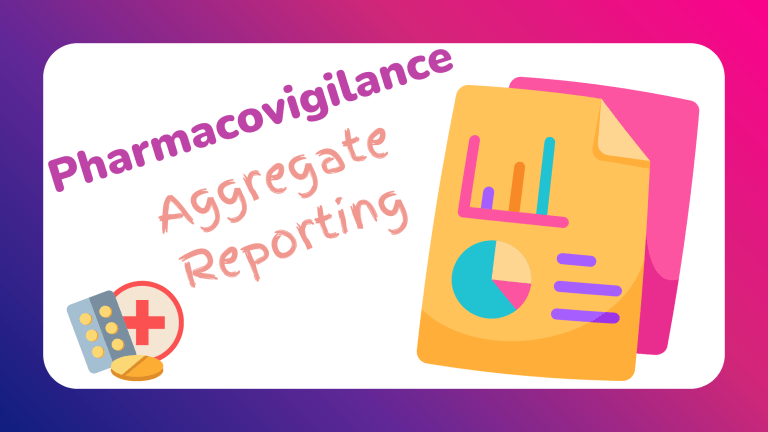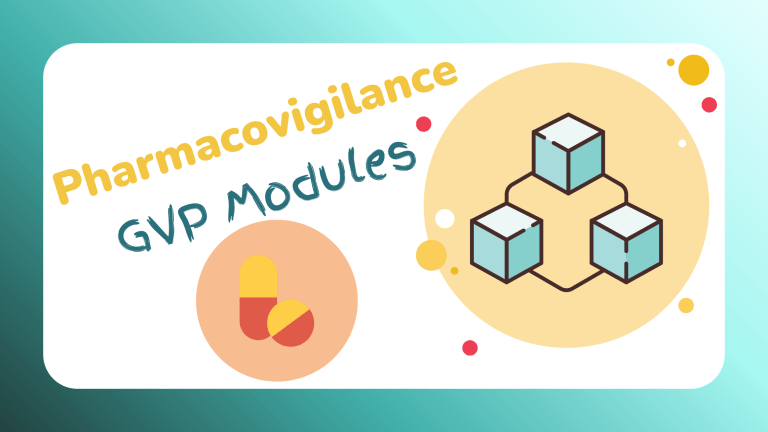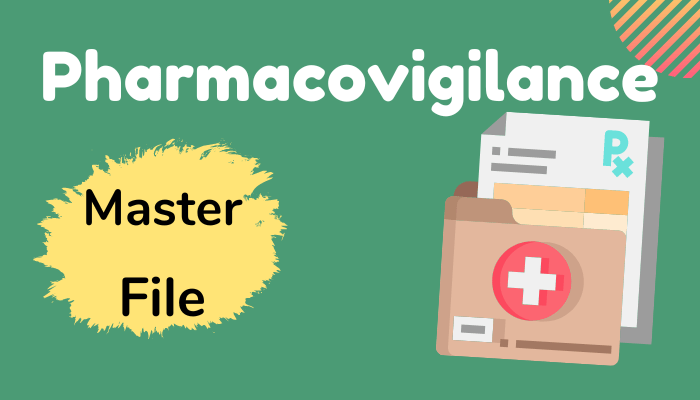Understanding 21 CFR 803 in Pharmacovigilance: A Comprehensive Guide
Pharmacovigilance is a critical component in the healthcare sector, ensuring that medicines and medical devices are safe and effective for public use. One key regulatory framework in the United States that governs the reporting of adverse events related to medical devices is 21 CFR 803. This regulation is instrumental in maintaining high safety standards in the medical device industry. In this blog post, we will delve deep into the specifics of 21 CFR 803, its significance in pharmacovigilance, and the compliance requirements for manufacturers, importers, and user facilities.
What is 21 CFR 803?
21 CFR 803 is a part of the Code of Federal Regulations (CFR) that mandates the reporting of adverse events and malfunctions related to medical devices. This regulation is enforced by the U.S. Food and Drug Administration (FDA) to monitor the performance of medical devices in the market and ensure that any risks to public health are identified and managed promptly.
The Importance of 21 CFR 803 in Pharmacovigilance
Pharmacovigilance involves the detection, assessment, understanding, and prevention of adverse effects or any other drug-related problems. While traditionally associated with medications, pharmacovigilance also extends to medical devices. 21 CFR 803 is crucial because it helps in:
- Ensuring Patient Safety: By mandating the reporting of adverse events, 21 CFR 803 helps identify potential risks associated with medical devices, thus protecting patients from harm.
- Regulatory Compliance: Adhering to 21 CFR 803 ensures that manufacturers and other stakeholders comply with federal regulations, avoiding legal and financial repercussions.
- Market Surveillance: Continuous monitoring through adverse event reporting allows the FDA to keep a vigilant eye on the market performance of medical devices.
- Improvement of Medical Devices: Data gathered from adverse event reports can be used to improve existing medical devices and develop safer, more effective products.
Key Components of 21 CFR 803
Understanding the key components of 21 CFR 803 is essential for compliance. The regulation outlines specific requirements for manufacturers, importers, and user facilities regarding the reporting of adverse events.
1. Definitions and Scope
21 CFR 803 provides clear definitions of terms such as adverse events, device malfunctions, and serious injuries. It specifies the types of events that need to be reported and the entities responsible for reporting.
2. Reporting Requirements
Manufacturers
Manufacturers must report:
- Deaths and serious injuries related to their medical devices.
- Device malfunctions that could likely cause or contribute to a death or serious injury if they were to recur.
Importers
Importers must report:
- Deaths and serious injuries to the FDA and the manufacturer.
- Device malfunctions to the manufacturer.
User Facilities
User facilities, such as hospitals and nursing homes, must report:
- Deaths related to medical devices to both the FDA and the manufacturer.
- Serious injuries to the manufacturer or, if the manufacturer is unknown, to the FDA.
3. Timeframes for Reporting
- Deaths and serious injuries must be reported within 10 working days of becoming aware of the event.
- Device malfunctions must be reported within 30 calendar days.
4. Reporting Formats
The regulation specifies the use of specific forms and electronic formats for submitting reports:
- Form FDA 3500A for individual case safety reports.
- Electronic Medical Device Reporting (eMDR) for electronic submissions.
5. Recordkeeping
Manufacturers, importers, and user facilities are required to maintain records of all adverse event reports for a specified period, usually for a minimum of two years.
Compliance with 21 CFR 803
Ensuring compliance with 21 CFR 803 is critical for all stakeholders in the medical device industry. Non-compliance can lead to significant penalties, including product recalls, legal action, and damage to the company’s reputation. Here are some steps to achieve and maintain compliance:
1. Establish a Robust Reporting System
Develop and implement a comprehensive adverse event reporting system that includes procedures for:
- Identifying reportable events.
- Collecting and documenting necessary information.
- Submitting reports within the required timeframes.
2. Training and Awareness
Ensure that all employees involved in the handling of medical devices are well-trained on the requirements of 21 CFR 803. Regular training sessions and updates can help maintain a high level of awareness and compliance.
3. Regular Audits and Reviews
Conduct regular internal audits and reviews of your adverse event reporting processes to ensure compliance. This can help identify any gaps or areas for improvement.
4. Collaboration with Stakeholders
Maintain open communication and collaboration with other stakeholders, such as importers, user facilities, and the FDA. This can facilitate smoother reporting processes and enhance overall compliance.
5. Utilize Technology
Leverage technology to streamline reporting and recordkeeping processes. Electronic reporting systems, such as eMDR, can simplify submissions and ensure accuracy.
Challenges in Complying with 21 CFR 803
While compliance with 21 CFR 803 is crucial, it can also be challenging. Some common challenges include:
1. Identifying Reportable Events
Determining which events need to be reported can be complex, particularly in distinguishing between device malfunctions and user errors.
2. Timely Reporting
Meeting the stringent reporting timelines can be difficult, especially for large organizations with numerous products on the market.
3. Data Management
Handling large volumes of data and ensuring its accuracy and completeness requires robust data management systems and practices.
4. Keeping Up with Regulatory Changes
Regulatory requirements can change over time, necessitating continuous monitoring and adaptation to stay compliant.
The Role of Technology in Enhancing Compliance
Advancements in technology can play a significant role in enhancing compliance with 21 CFR 803. Here are a few ways technology can help:
1. Automated Reporting Systems
Automated systems can help in the timely identification and reporting of adverse events, reducing the risk of human error and ensuring compliance with reporting deadlines.
2. Data Analytics
Advanced data analytics can help in identifying trends and patterns in adverse event reports, enabling proactive measures to improve device safety.
3. Integration with Electronic Health Records (EHRs)
Integrating adverse event reporting systems with EHRs can streamline data collection and reporting processes, improving efficiency and accuracy.
4. Real-Time Monitoring
Real-time monitoring systems can provide continuous surveillance of medical devices, enabling early detection of potential issues and swift corrective actions.
Conclusion
21 CFR 803 is a vital regulation in the realm of pharmacovigilance, ensuring the safety and effectiveness of medical devices in the market. Compliance with this regulation is not only a legal obligation but also a critical aspect of patient safety and public health. By understanding the key components of 21 CFR 803, establishing robust reporting systems, and leveraging technology, stakeholders in the medical device industry can achieve and maintain compliance, ultimately contributing to a safer healthcare environment.
By adhering to these guidelines and fostering a culture of vigilance and continuous improvement, manufacturers, importers, and user facilities can play a crucial role in the ongoing effort to protect public health and ensure the safety of medical devices.
This comprehensive guide aims to provide a detailed understanding of 21 CFR 803 and its significance in pharmacovigilance. For further information and updates, always refer to the latest FDA guidelines and consult with regulatory experts.




